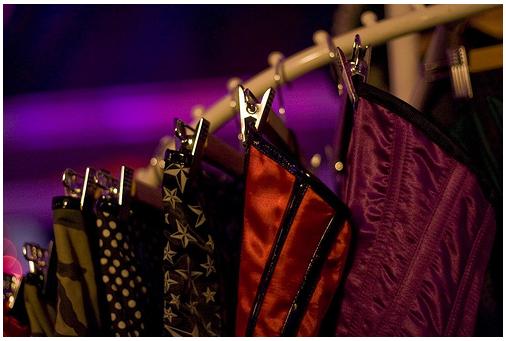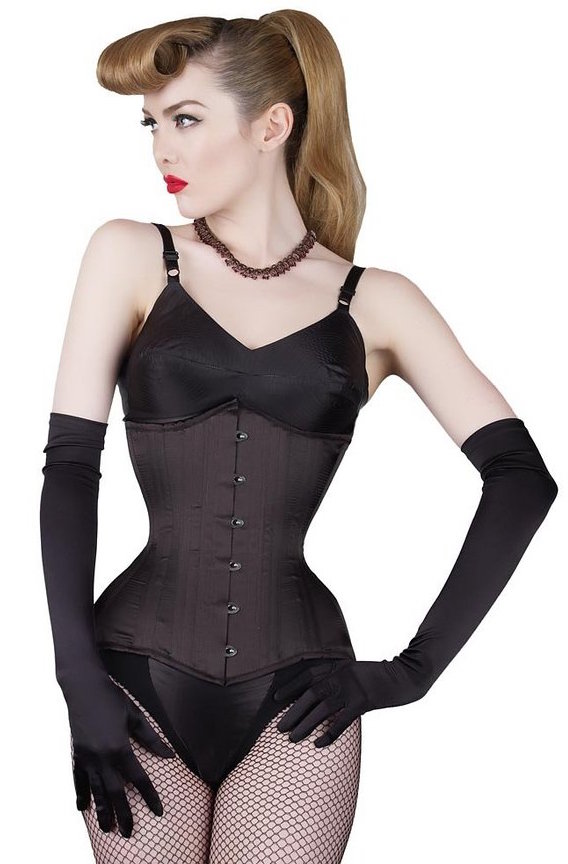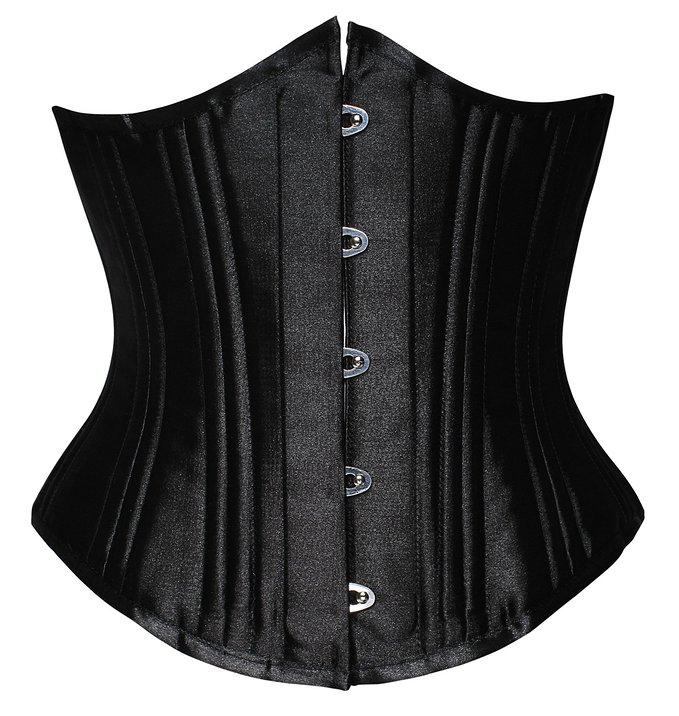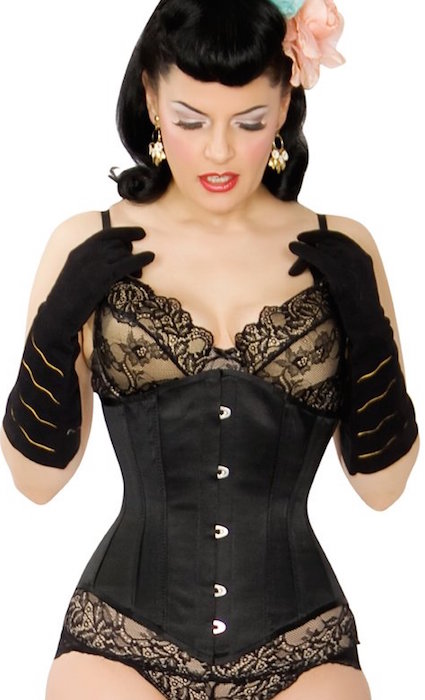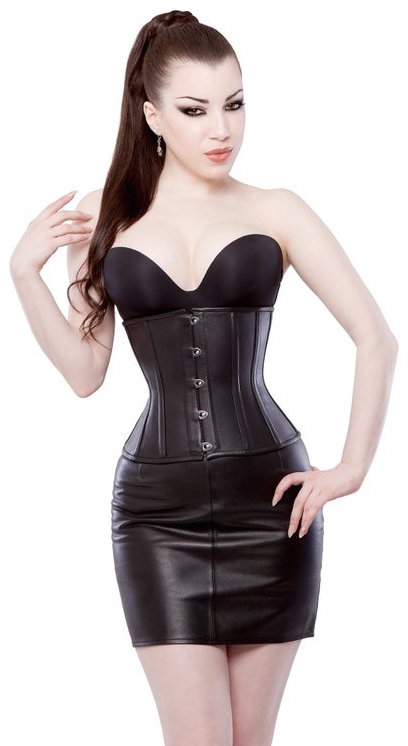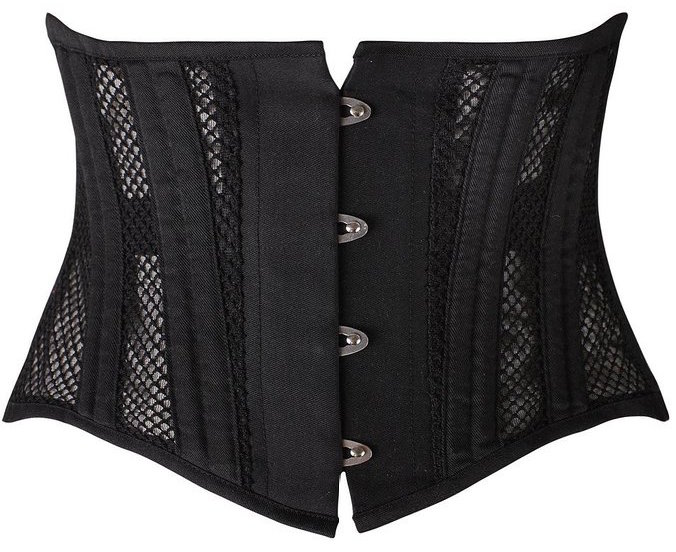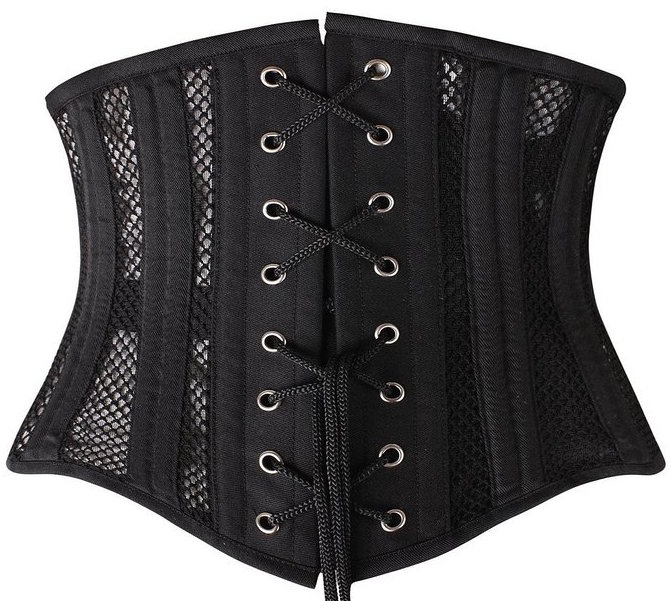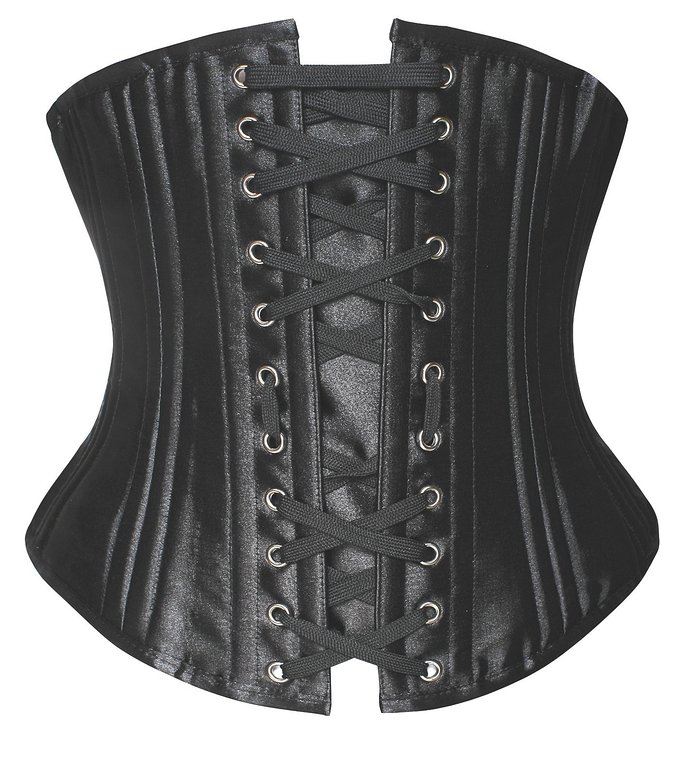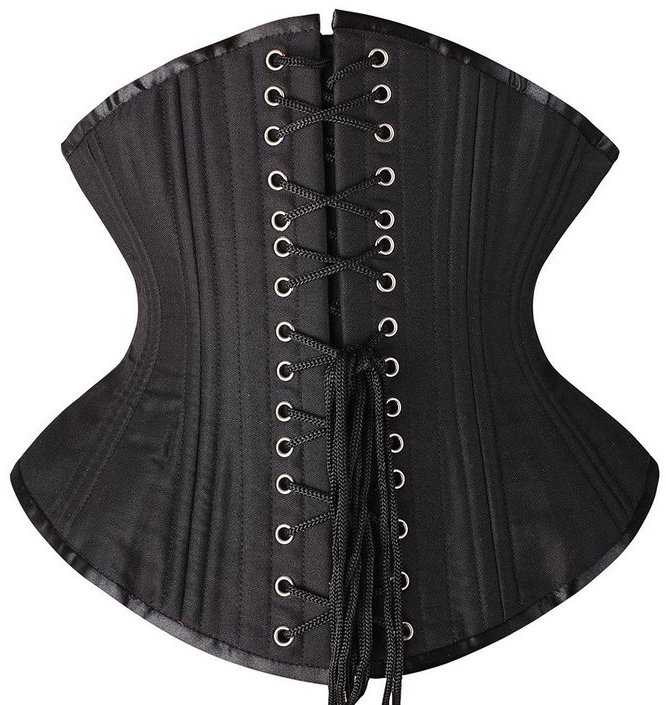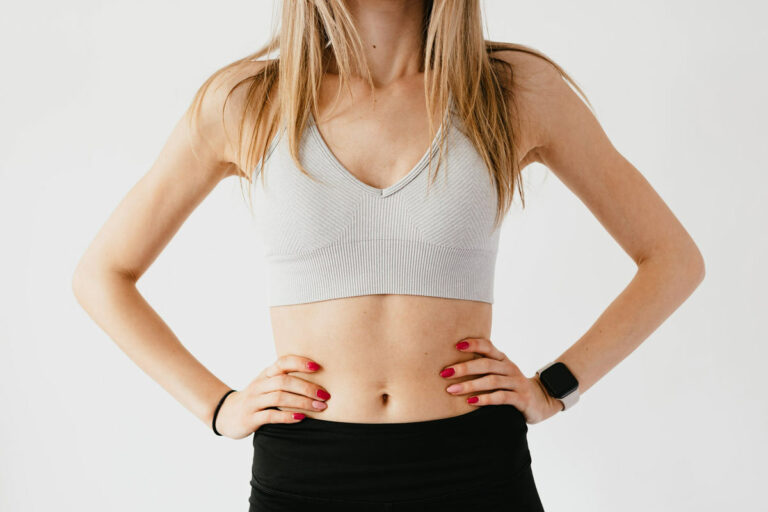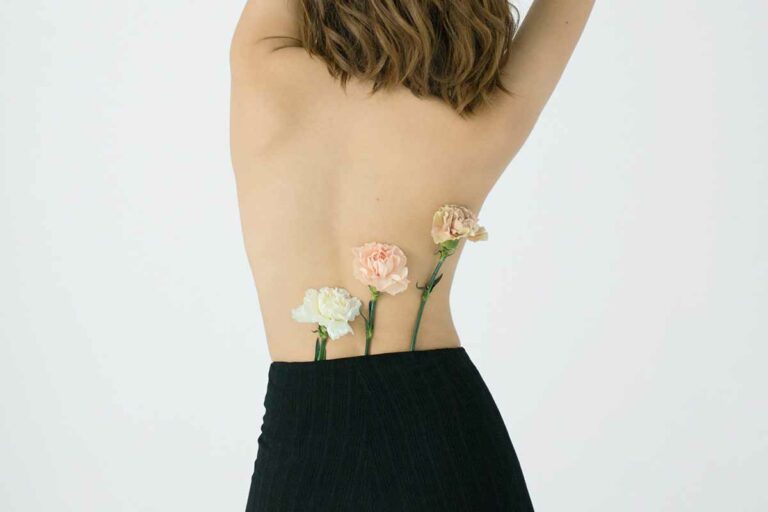How to Choose the Best Corset for Waist Training: 6 Things to Look For
You’ve decided you want a curvy, hourglass figure and the best way to get is through waist training. You’ve done your research and learned about the various types of waist trainers and decided that corset training is the best for your goals.
Now all you need to figure out is…what is the best waist trainer corset?
Well, we could simply point you to one or two “perfect” corsets for waist training except there isn’t really such a thing.
There are many good corsets but the truth of the matter is that everyone’s body is different so a design or fabric that works well for one person may not be suitable for another.
That’s why we’ve put together this guide on how to choose the best waist training corset for you. Below, you’ll find the most important factors to consider when picking a corset for waist training and exactly why they matter.
Ready to become an expert in corsets? Read on!
Steel Boned vs Plastic Boned Corsets


The “boning” of a corset is what forms its frame and gives strength and structure to the corset.
It’s also one of the most important factors to consider when choosing a waist training corset because the bones are what train and reshape your waist over time.
What should the best waist training corsets have? Steel bones win every time over plastic bones. Plastic bones simply cannot hold up in the same way steel does.
Plastic is prone to bend out of shape easily and stay that way, which isn’t conducive for waist training.
Steel boning, on the other hand, is strong and sturdy enough to reshape your figure and actually molds to your shape over time so you can get more waist reduction from them as you break in the corset.
Verdict? Always choose steel boned corsets for waist training. Leave the plastic boned corsets for Halloween costumes.
Overbust vs Underbust Corsets
Overbust corsets and underbust corsets are exactly what they sound like: overbust corsets go over your bust, supporting and covering the breasts. Underbust corsets, on the other hand, start below your bust, either right below your breasts or further on down.
So which one is better for waist training? Well, both overbust and underbust corsets offer different pros and cons.
In short, overbust corsets are great for very large and heavy breasts since the rigidity of the corset provides unparalleled support, instantly taking a load off your back and shoulders.
Overbust corsets are also good for providing better posture support, especially for the upper back and shoulders. Because overbusts come higher up your torso, they make it more difficult to hunch over or round your shoulders, which can be more helpful and supportive for those with upper back pain or spinal misalignment.
All that being said, underbust corsets are generally recommended for waist training especially when you’re first starting out. Why? For starters, underbusts don’t cover your chest region which leaves more room to breathe.
While overbust corsets support the breasts, they can also hinder full lung capacity, putting up resistance when you try to take a full inhale. Underbusts don’t pose this challenge so you’ll be able to breathe much easier.
Underbusts also come with the advantage of offering more mobility. Because it wraps only a part of your torso, you’re able to move much easier in an underbust than you could in an overbust, which makes it more functional to wear on a regular basis. They’re also easier to hide under clothing and much easier to fit.
Are the best waist training corsets overbust or underbust? In short, an overbust corset could be a better choice for those with large, heavy breasts and/or spinal misalignment. For the rest of the population, however, we’d recommend going with an underbust corset for waist training.
Fabric of the Corset
When you’re waist training, you’re going to be wearing your corset for hours at a time each day. So the fabric that’s used in the construction of the corset matters!
There are generally 2 things to consider when looking at corset fabrics: the outer fabric and the inner lining. The outer fabric matters because it dictates how rigid and stiff the corset will be. Different fabrics also comes with varying “seasoning” times, with some fabrics being easier to break in than others.
Here’s a quick look at the pros and cons of various fabrics used to make corsets:
POLYESTER
Polyester is often used in brocade or pattern corsets and is a very sturdy, stiff fabric that takes more time and patience to break in.
Expect to patiently “season” a polyester corset by wearing for just a few short hours each day for around 3 to 4 weeks to start getting used to it. It will most likely remain stiffer than the other fabrics even after it’s been seasoned but it also holds up well to daily wear.
COTTON
Cotton is also sturdy but softer than polyester.
Seasoning can entail wearing it for a few short hours each day for around 2 weeks.
A perk of cotton corsets is that they hold up well to daily wear, especially compared to more delicate fabrics like satin.
SATIN
Satin is definitely more pliable than than the above two fabrics, making it more comfortable, more quickly.
You can season a satin corset in around a week’s time.
A big perk of satin corsets is that you can tightlace a bit more since the fabric is more yielding. The downside is that the doesn’t hold up as well, especially for daily wear.
LEATHER
Leather corsets don’t just look edgy and awesome – they’re really great.
Leather is simply the perfect mix of strength and durability combined with supple flexibility.
These stand up well to daily wear and are the easiest to season – you’ll feel comfortable in them after just a few days!
They also allow for slightly tight lacing since the fabric is more pliable.
MESH
Thin and pliable, mesh is a good, breathable fabric option for corset wearing in the hot summer months.
What fabric to look for in the best waist training corsets? It really depends on your preference. If you’re looking for a daily corset that will hold up well under constant wear, go for polyester, cotton or leather. If you want a stiff, rigid corset, choose polyester or cotton. If you’re looking for a supple, more pliable fabric, go for satin or leather.
As for the inner lining, it’s what will be resting against your skin – unless you’re wearing it over clothes or a corset liner – so it’s preferable to have an inner lining that’s a natural fabric so there’s less chance of irritation against your skin.
Natural fabrics like cotton also do a good job preventing you from sweating through onto the delicate outer fabric.
Length of the Corset
Corsets come in different lengths. Which is a really good thing because so do we!
The perfect corset length for you depends on the length of your own body. So make sure to measure yourself – here’s a guide on how to measure for a corset – before ordering a corset.
After all, the last thing you want is to fork over a pretty penny on a new corset and find that it digs into your lap when you sit down!
Here’s a look at various corset lengths (and their pros and cons):
STANDARD
Standard length corsets that’s long at the front but not at the sides.
If your seated torso measurements are 9″ or more, standard length will fit you.
LONGLINE
Longline corsets are best for those with long torsos.
If your seated torso measurements are around 11″ or more, these will work for you.
SHORT
Also called “mini,” “wasp waist,” and “baby” corsets, these shorter corsets are great for pretty much anyone with a seated torso measurement above 7.5.”
What length makes the perfect waist training corset? In short, it’s all about the length of your own torso. But when you’re first purchasing a corset and unsure about what you’ll be most comfortable in, a short corset could be a good choice for a starter corset.
They’re very versatile and because it is relatively short, it will fit most body types and torso lengths. Plus, they’re also the most comfortable, allowing for the greatest range of movement since they concentrate the shaping just at the waist. Overall a good corset to get started with.
The Shape and Level of Curve
Corsets vary in shape and level of curviness and what you choose depends on your natural curviness, aka your waist-to-hip ratio.
Some corset are simply “curvier” than others, which sounds like a good thing to spring for because, well, #goals…but in reality, it’s not.
Choosing a corset that is too curvy for you is not going to get you to that coveted waist-to-hip ratio quickly. Plus, it’s going to be mighty uncomfortable which is not great when you’re waist training for hours at a time each and every day.
On the other hand, if you’re a full-sized beauty with full hips and a high waist-to-hip ratio, you’re going to need a corset with plenty of curve. Choosing a corset with a lower waist-to-hip ratio will result in a corset that squeezes too tightly at the hips and again, result in unnecessary discomfort.
So how do you choose the level of corset curve to suit your natural curves? Well, unless you’re getting a custom corset made, it’s not an exact science. But here are some tips to help you choose:
MINIMAL CURVE
If you’re smaller with not a lot of natural curve (i.e. waist-to-hip ratio of around 6 to 7 inches), go for a corset that will take you in a few inches but is more “straight” along the sides.
These corsets will have less flexibility along the underbust and hip area. They’re usually described to be “minimal” curve.
MODERATE CURVE
If you have a waist-to-hip ratio of around 7 to 9 inches, go for a corset that allows more stretch along the hips and underbust area.
These corsets are usually described as “moderate” curve.
EXTREME CURVE
If you have a waist-to-hip ratio of 10 inches or above, choose a corset that offers a more drastic curve and much more flexibility in the hip and underbust area.
Another thing to look out for is a corset with spiral steel boning. Spiral steel is better than flat steel for really curvy people since they can bend further and more comfortable than flat steel.
How Many Bones Should a Waist Training Corset Have?
There is no one answer to this question. Seriously, it seems every waist trainer has a different answer and preference.
So instead of giving you some arbitrary number, here are some things you should know about steel bone count in a corset:
- Size matters. In this sense, the number of bones is very relative. If you’re wearing a 20″ corset, 10 steel bones can be more than enough. But if you’re wearing a 32″ corset, 10 steel bones won’t provide the same level of compression as it would on a 20″ corset.
- Quality over quantity. This one’s an important consideration because you’ll often find cheap corsets that promise 20+ bones as well as more expensive corsets that only have 10+. But you’re not actually getting more bone for your buck. The more expensive corsets often use thicker, tougher, higher quality steel bones that provide better shaping even though there are less bones than the cheaper ones. So always keep this in mind – it’s better to pay more for less bones that are of a stronger quality than to pay less for many bones that are of inferior quality.
- Distribution is important. How well-spaced the bones are as important for overall structure and comfort as how many there are in total.
- More bones does not necessarily give you “better” results. Having 42 steel bones as opposed to 20 bones is not going to speed up the waist training results. Having more bones, however, is more comfortable because it spaces out the pressure points.
So, how many bones should there be in the best waist training corsets? Overall, it all comes down to however many bones it takes to hold you in and keep you upright. For most people, at least 10 to 12 steel bones is needed.
For serious waist training efforts, around 16 to 20 steel bones is a good number to shoot for and over 20 steel bones is great.
